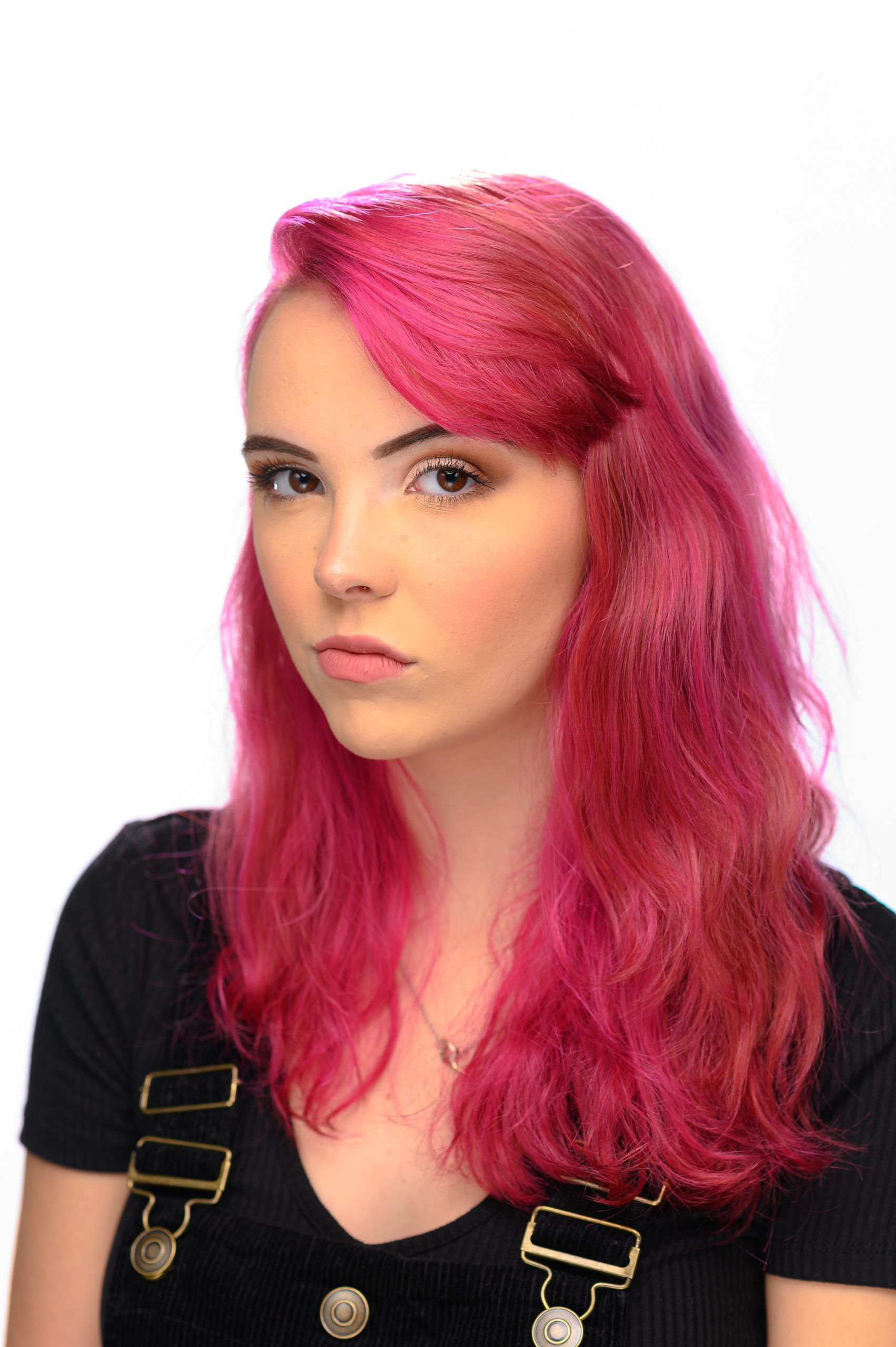Microexpressions
Lie to Me is the hit TV [January 21, 2009 to January 31, 2011] series based on the research of Dr. Paul Ekman. Haggard and Isascs are credited with the discovery of Micro Expressions in the 1960s. Paul Ekman created a coding system for microexpressions and in 2001 he was named by the American Psychological Association as one of the most influential psychologists of the 20th century.
A microexpression is a brief, involuntary facial expression shown on the face of humans according to emotions experienced. They are very brief in duration, lasting only 1/25 to 1/15 of a second. The 1/25 second was determined because back in 1960 this is how they slowed down a film that ran at 1/25 frame rate.
Even in the TV show Lie to Me you see that when a microexpression is detected they must investigate further, because one must not conclude that someone is lying if a microexpression is detected but that there is more to the story than is being told.

While some people are natural at seeing microexpressions many people learn how to detect them through training. What is important it is much harder to detect a microexpression on people in person or within video.
The easiest tool to practice detecting micro expressions are photographs. So as you will see if you watch the TV show Lie to Me, which you can get on Netflix, is they use photographs to isolate and show the facial expressions.
The major emotions-how surprise, fear, anger, disgust, sadness, and happiness are registered by changes in the forehead, eyebrows, eyelids, cheeks, nose, lips, and chin. These help as there are not just one type of each expression. For example the emotion of surprise has many different expressions; questioning surprise, dumbfounded surprise, dazed surprise, slight, moderate, and extreme surprise. The intricacies of facial expressions are more easily read in photographs of how various emotions can blend or create different expressions.

Charles Darwin believed that facial expressions were universal. Through the years many have disagreed with Darwin.
Dr. David Matsumoto however agreed with Darwin basked on his research during the 2004 Olympics. He studied both the sighted and blind Olympians during the 2004 Olympic and Paralympic Games.
What is important is how he conducted the research. He studied the thousands of photographs and compared the facial expressions of sighted and blind judo athletes, including individuals who were born blind. All competitors displayed the same expressions in response to winning and losing. So it is not something learned, but innate.

Take away
I believe that the power of the still image is because it can capture the microexpression that video cannot do. Sure you can argue that if you slow down video you can see a microexpression, but you are then trying to stop the video and thus creating a still image.
Today we can record up to 200 million frames per second, but the most common used high speed cameras record around 1000 frames per second. Television series such as MythBusters and Time Warp often use high-speed cameras to show their tests in slow motion.
We use these high speed cameras for seeking the truth and helping us scientifically build safer cars for example.
So if we want to understand something and get to the truth as in TV shows like MythBusters we must examine things in fractions of a second. This is where the still photographer has worked for decades.
My take away from all this about the microexpression is the the power of the photograph is it’s ability to freeze the moment for us to truly understand. For most people microexpressions are not controlled and therefore when we see these expressions tend to hold them as truthful moments.
It is important to point out that some people are born able to control their expressions (such as pathological liars), while others are trained, for example actors. “Natural liars” know about their ability to control microexpressions, and so do those who know them well. They have been getting away with things since childhood, fooling their parents, teachers, and friends when they wanted to.
Photojournalists are very aware of “The Decisive Moment” and what I believe is that microexpressions is more about that moment. This research and material published on microexpressions is great content for the photojournalist. Understanding microexpressions will make you a better photojournalist in my opinion.


